The F1 legend who hitched a lift on a victory lap, ten home Silverstone heroes and seven more things you should know about Formula 1
To celebrate 75 years since the first Formula One World Championship Grand Prix at Silverstone, Rosie Paterson lists the thinks you probably didn't know about F1 and the British GP.
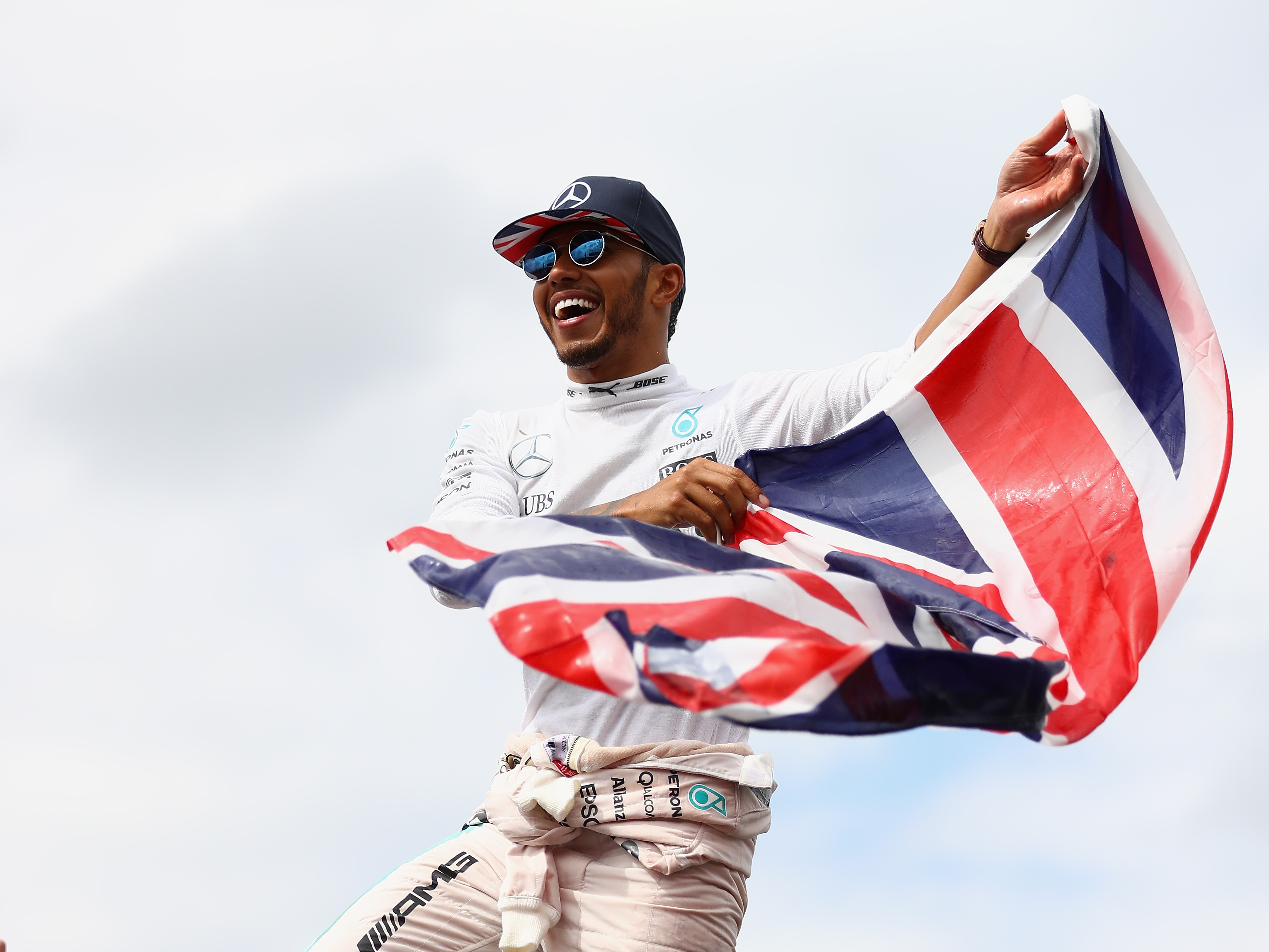

1. Legendary F1 driver Michael Schumacher won the 1999 British GP with Ferrari from the pits — the only time in history that this has happened
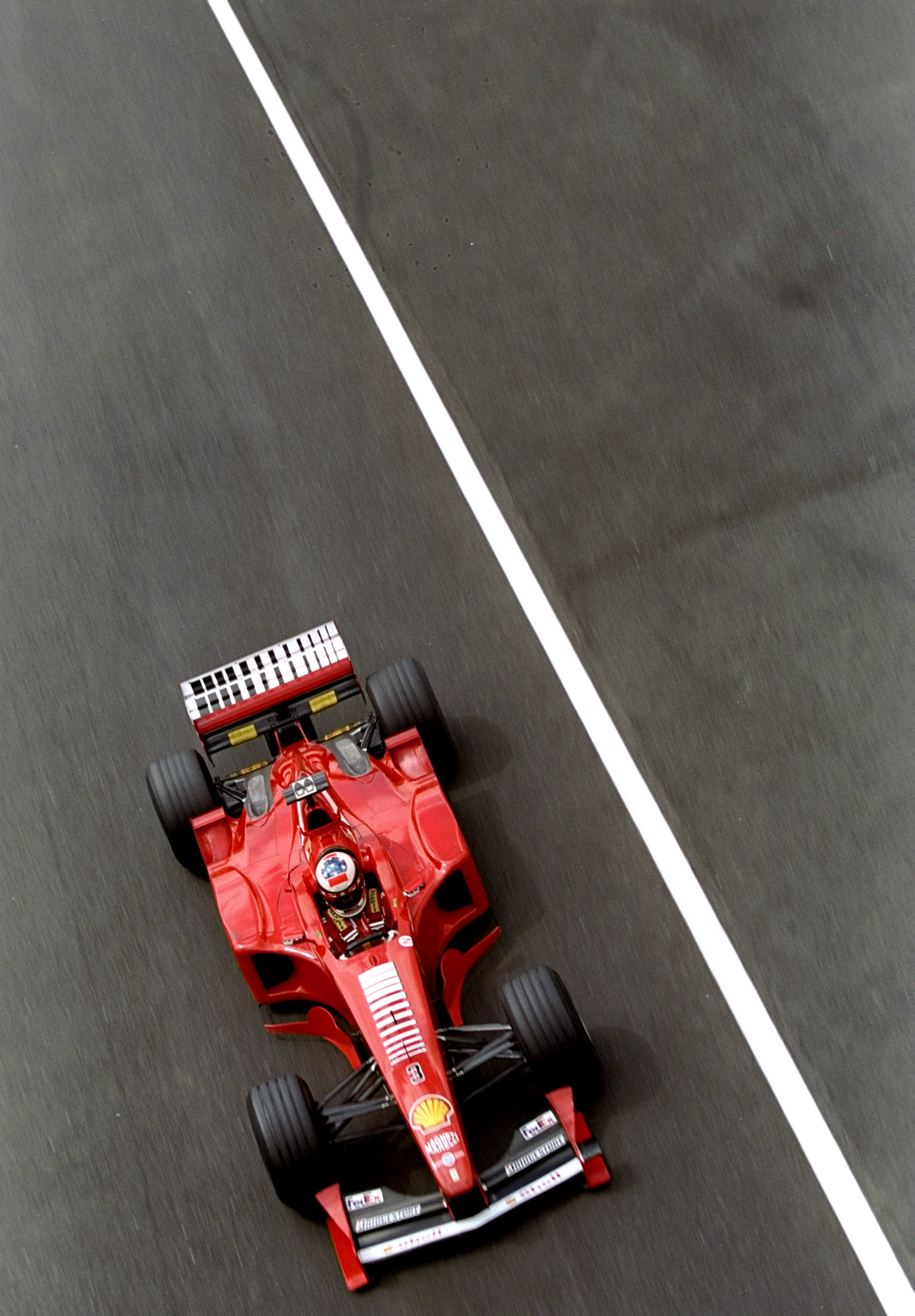
Michael Schumacher in action in his Ferrari during warm-up for the British Grand Prix at Silverstone.
However, the win is marred in controversy.
The morning of the race was blighted by heavy rain which meant that there was a mixture of wet and dry parts on the circuit. 13 of the 22 drivers didn't finish — nine of which were thwarted by the rain which reappeared on lap 16, causing them to spin off.
Schumacher, who qualified in second place, overtook Mika Häkkinen on lap 52 of the 60 lap race. Häkkinen, who had at one point looked set to win with a nearly-50 second lead, slipped numerous times, including one instance in which he spun a full 360 degrees, lessening his advantage until it was removed altogether by a safety car.
However, two laps from the finish, the German driver was issued with a slow-to-be-issued 10-second penalty for passing another driver under the safety car (on lap 43).
The penalty notice didn't make clear if the driver would have 10 seconds added to his final race time, or if he would have to serve a 10-second stop-and-go penalty — so his team took the decision to go with the latter and called him into the pits on the last lap of the race. However, in doing so, Schumacher crossed the finish line in the pit lane before even reaching the Ferrari garage.
Following huge dispute, the time penalty was removed altogether.
2. There have been six configurations of the Silverstone circuit since the first GP was held there in 1948
The first ever races held on the former airfield — operational between 1943 and 1946 — were run along two of the three runways with tight hairpin bends connecting them.
Exquisite houses, the beauty of Nature, and how to get the most from your life, straight to your inbox.
By 1949, a decision was made to switch proceedings to the perimeter track. Further changes were made in 1952, 1975 and 1987.
A major redesign took place between 1990 and 1991 with Nigel Mansell winning the '91 iteration — on the reshaped track — in front of a home crowd.
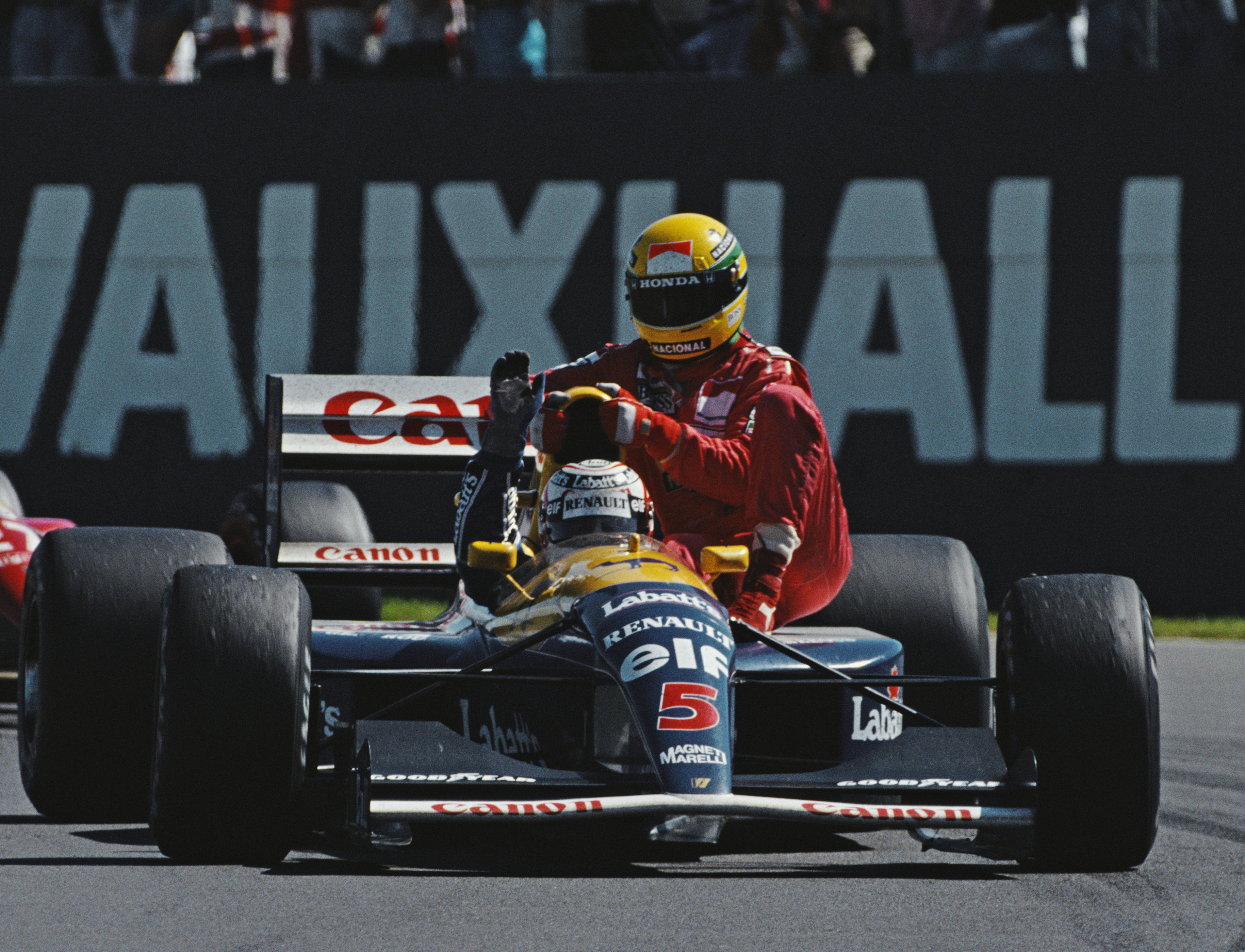
He memorably picked up stranded rival Ayrton Senna (above) — who had run out of fuel before the end of the race — on his victory lap.
The circuit was modified again to reduce speed and increase driver safety, in the wake of Senna's untimely death.
3. Motorsport in the mid-20th century was notoriously dangerous for the drivers, but there are few instances of animals faring much better
Prior to professional motorsport organisations muscling in, Silverstone was used by a group of racer friends who lived locally and were aware that the airfield was deserted.
In 1947, 12 of them raced over a two-mile circuit, mowing down and killing a sheep that had strayed onto the track.
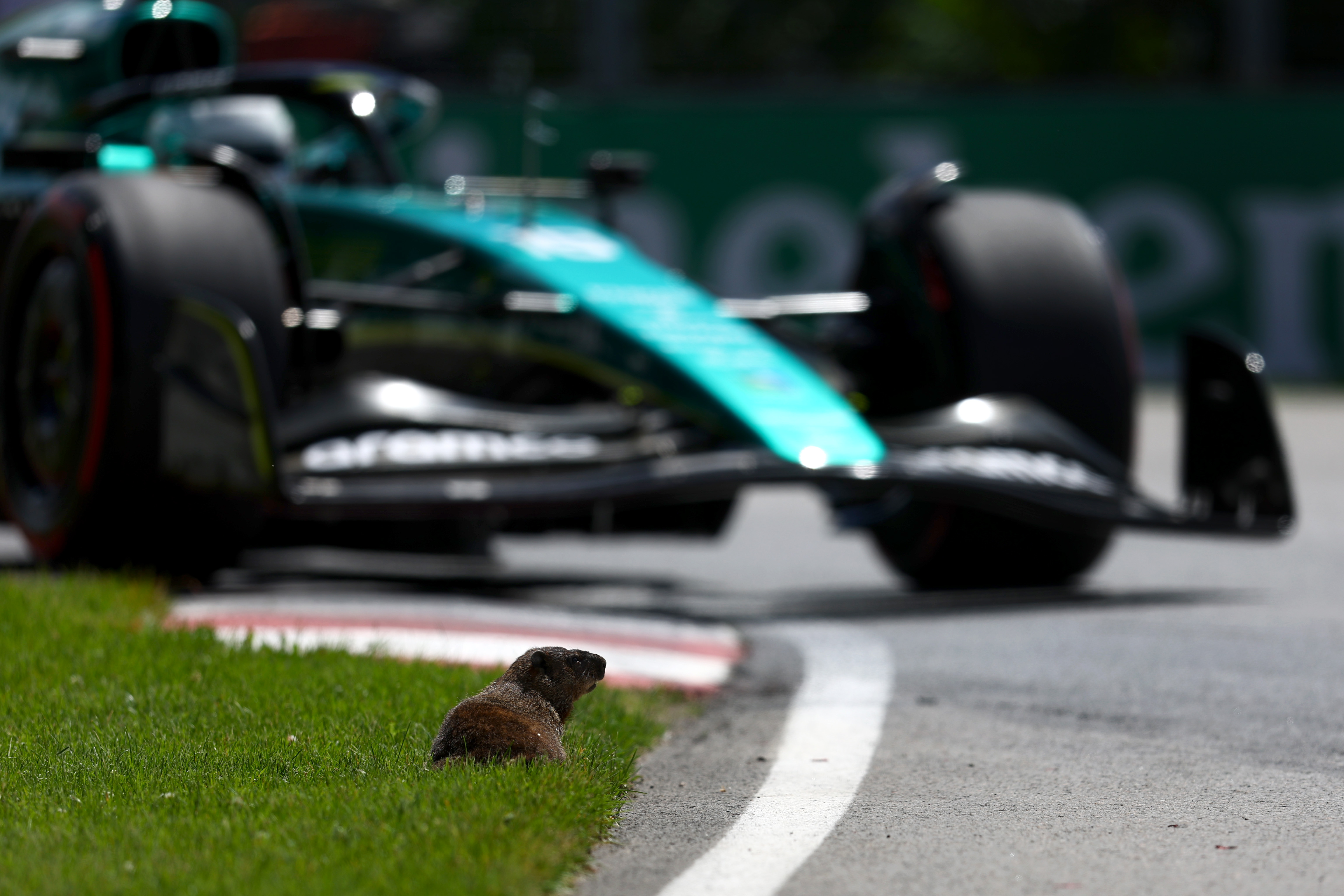
A groundhog sits at the side of the track as Lance Stroll, driving for Aston Martin, approaches during practice ahead of the 2022 Canadian Grand Prix.
Subsequent races and qualifying sessions around the world have been disrupted by birds, foxes, squirrels, dogs, a groundhog and a giant lizard. The dogs, you'll be relived to read, lived to tell the tale with their tails intact; the lizard wasn't so lucky. (It was run over by Fernando Alonso at the 2023 Singapore GP.)
4. It's hard to overstate just how dangerous F1 used to be: eight drivers died in the 1960s and nine in the 1970s
On top of that, if you account for Grand Prix drivers killed while driving or competing in other forms of motorsports, then the figures rise to 29 in the 1960s and 18 in the 1970s.
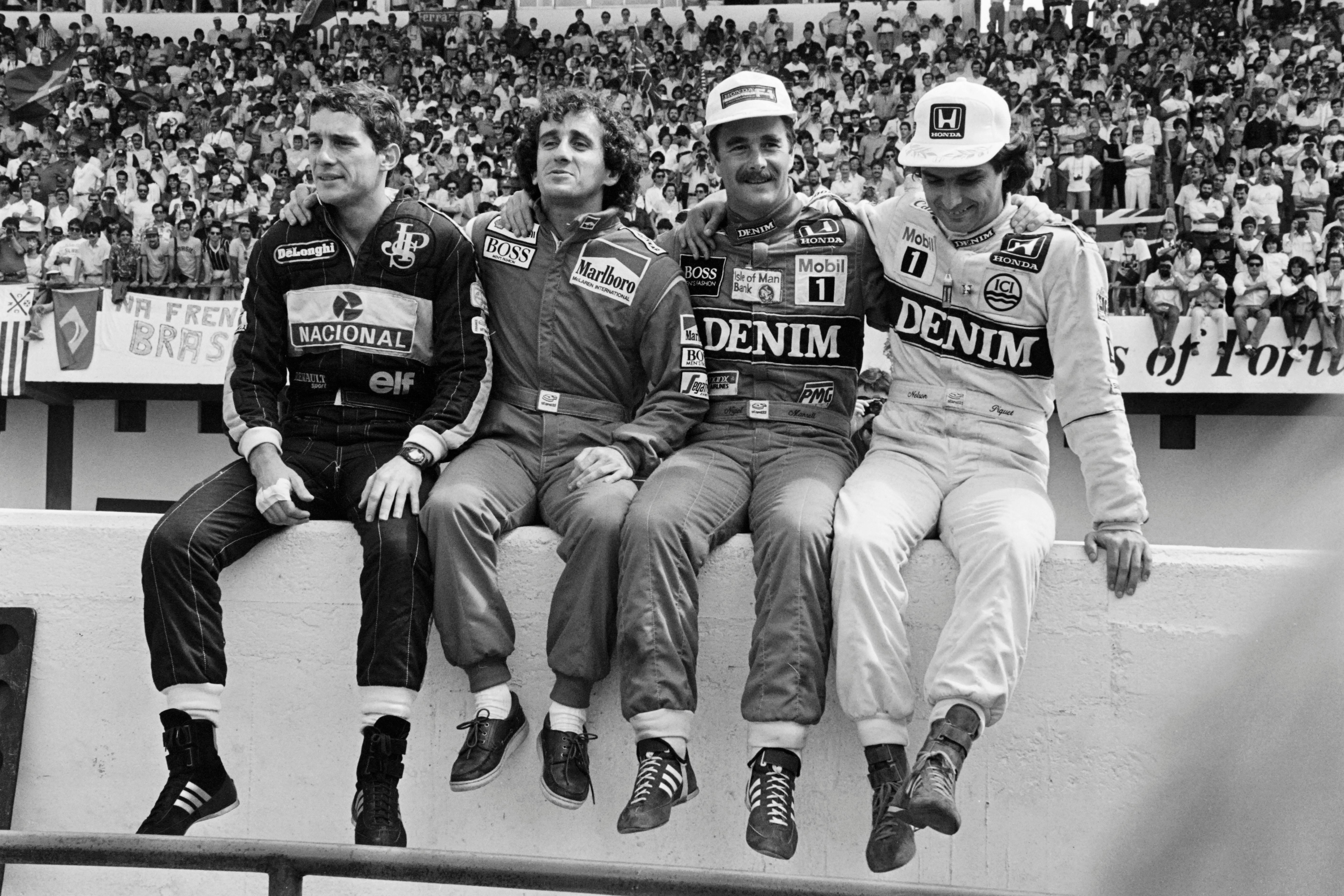
Ayrton Senna, Alain Prost, Nigel Mansell and Nelson Piquet pose for photographers 1986 Portuguese Grand Prix — seven years before Senna's death in 1994.
Some statistic professors have concluded that at the height of the Sir Jackie Stewart era (1965-1973), F1 drivers had a 50:50 chance of dying if they competed regularly.
Stewart — the last surviving F1 World Champion from the 1960s and oldest living F1 winner, regularly nicknamed 'The Flying Scot' — lost three close friends on the track over the course of his career. And he faced death threats for lobbying for better safety measures (seatbelts were not made mandatory until 1972) which he has said stemmed from the fact that the sport was then run by men who had fought in the Second World War and thought death a normal part of daily life.
5. At the 1969 British GP, Stewart lapped every car on his way to victory
His 27 race wins and three championships made him the best on track since Juan Manuel Fangio (1911-1995).
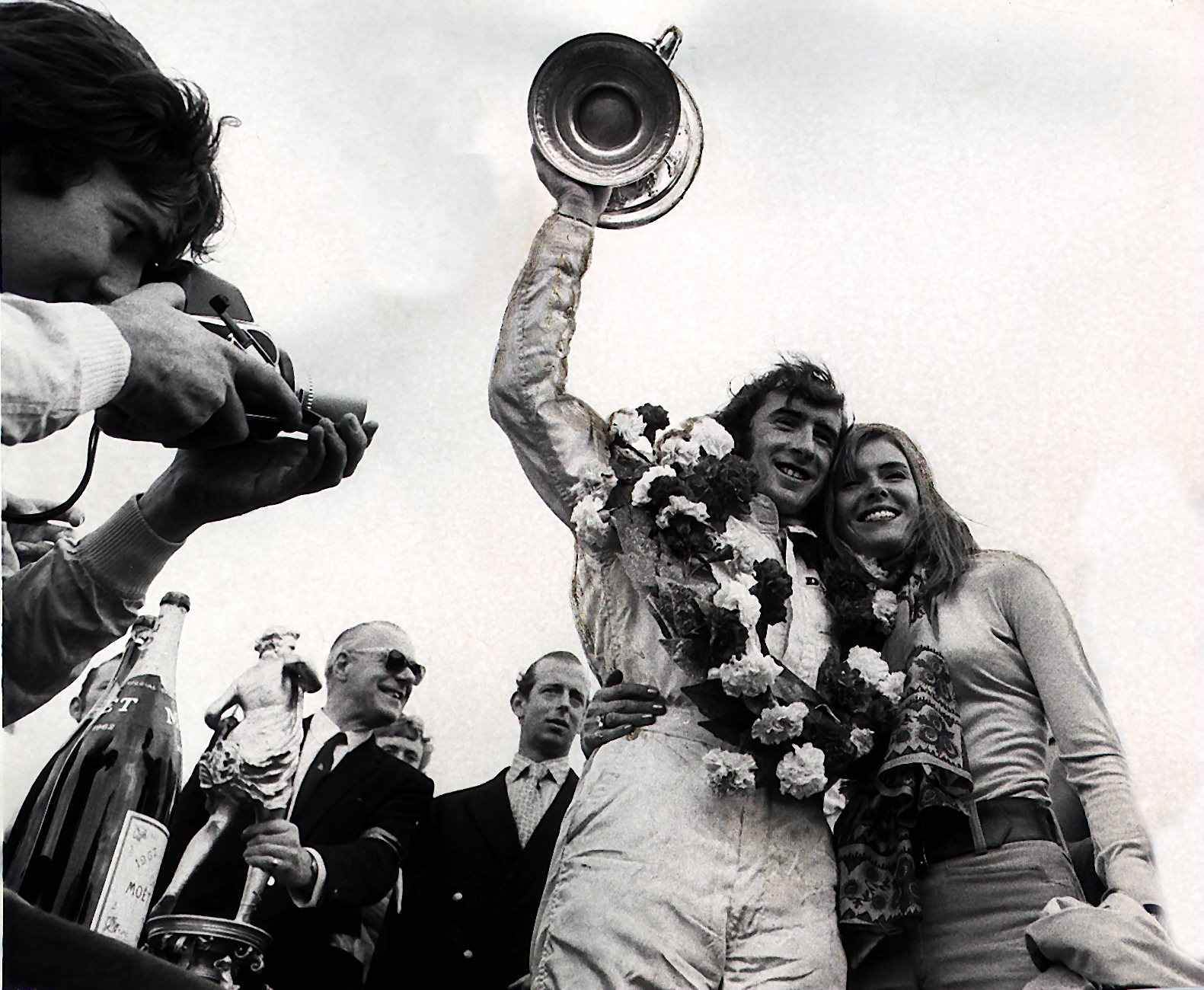
Sir Jackie Stewart with his wife Helen after winning British Grand Prix.
His 1971 win was particularly impressive: he had glandular fever and had been forced to cross the Atlantic 186 times due to US media commitments.
Stewart went on to found his own racing team which was later bought by Ford and became Jaguar Racing, and subsequently Red Bull Racing.
6. Stewart was the only British driver to win three championships until worthy successor Sir Lewis Hamilton came along in 2015
Hamilton — who last year celebrated his 9th win at Silverstone — is the most decorated F1 driver of all time.

Sir Lewis Hamilton celebrates his win on the start finish straight after the 2016 British Grand Prix.
He ties with Michael Schumacher for most drivers' world championships (7) and tops the leader board for most Grand Prix victories (105), most pole positions (10) and most wins at the same circuit (9), as well as the first driver to win past their 300th Grand Prix start, the oldest race winner in the 21st century and longest interval between the first and last/most recent victories.
7. Ten British drivers have won an F1 race at Silverstone
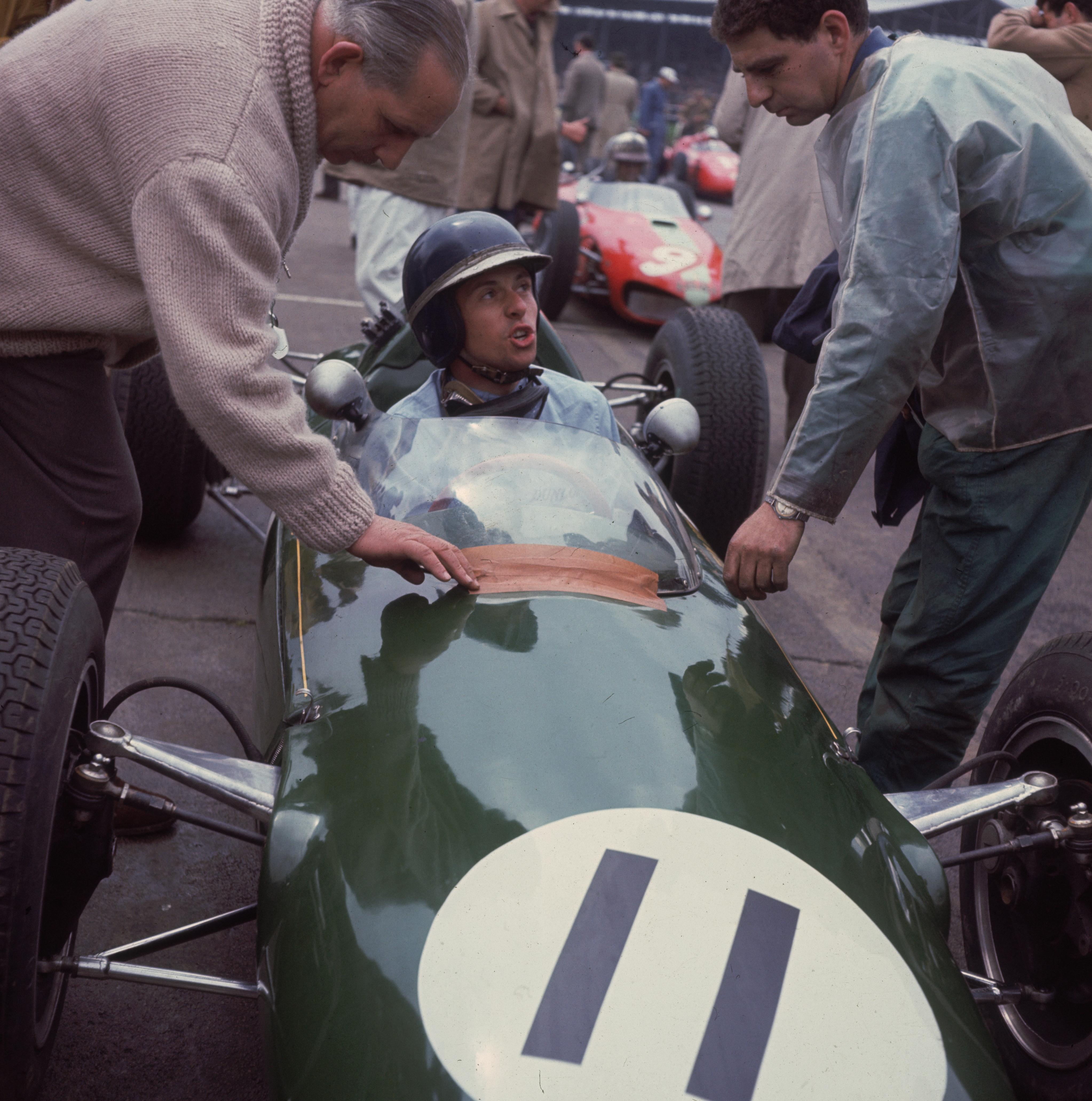
Jim Clark talks to his mechanics from his Lotus race car. He was World Champion in 1963 and 1965.
The first was Peter Collins in 1958, then Jim Clark took three (63, 65, 67), Jackie Stewart two (69, 71) and James Hunt (77) and John Watson (81) one a piece.
Nigel Mansell echoed Clark and won three times in 1987, 1991 and 1992; Damon Hill in 1994 and Johnny Herbert, hot on his heels in 1995. Four years later, David Coulthard bagged his sole Silverstone victory (99) — and then came Sir Lewis Hamilton and record-breaking haul.
8. The phrase Grand Prix has its origins in mid-19th century France and translates literally as 'great' or 'chief prize'
It is rooted in great sporting events, popping up in cycling, equestrianism, snooker and tennis. The first F1 World Championship race took place at, you guessed it, Silverstone Circuit on May 13, 1950.
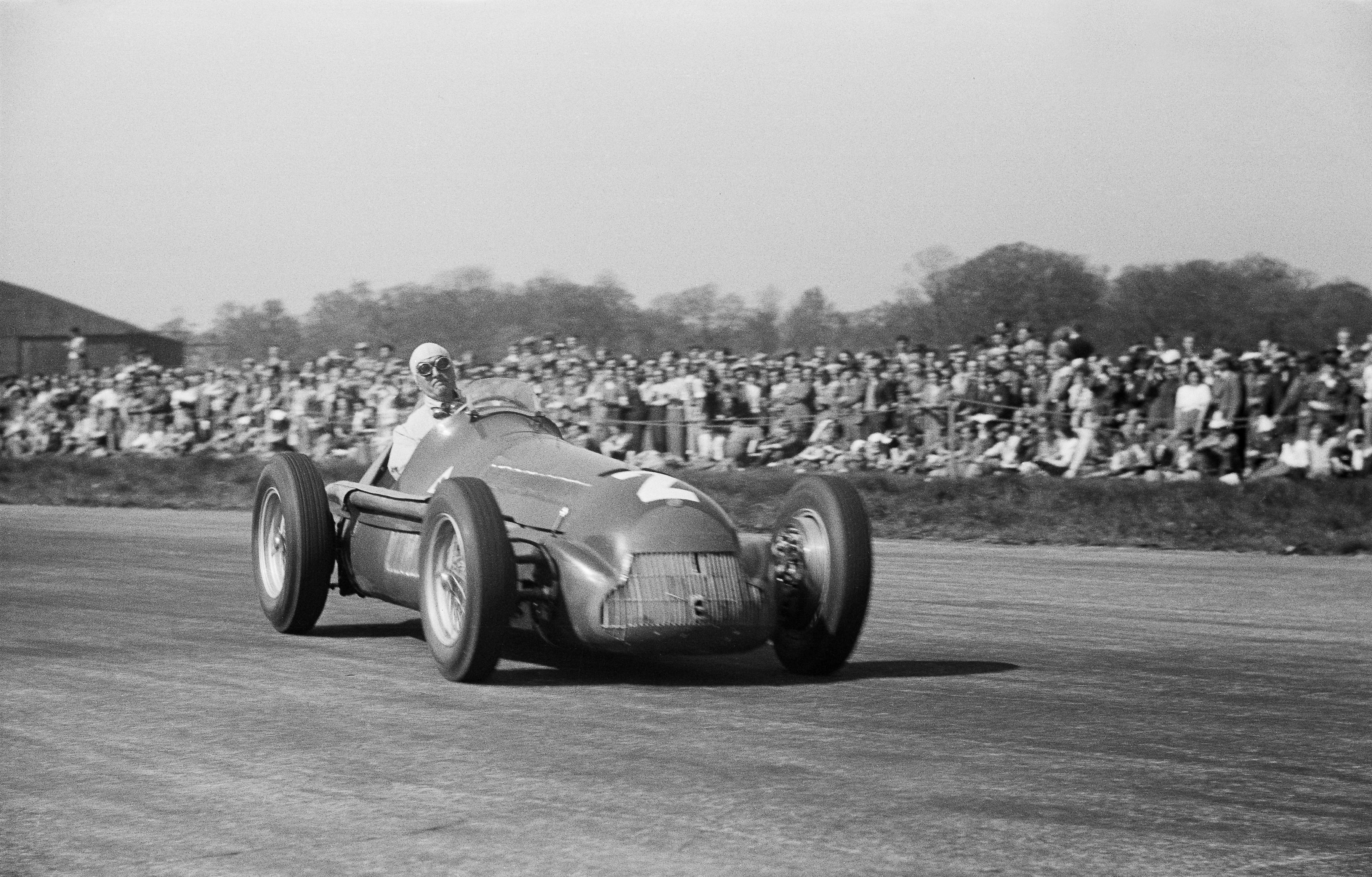
It was won by Giuseppe 'Nino' Farina in an Alfa Romeo (above), in front of King George VI
'Formula 1' is called so because it refers to a set of rules and regulations — the 'formula' — that all participants much adhere to.
9. Formula 1 technology has helped supercharge the world in a myriad weird and wonderful ways
The most obvious is the engine. It's arguably the world's most efficient one, becoming 10% more so in the last six years, using less fuel and producing less in the way of Co2 emissions. And Mercedes uses the current hybrid technology derived from its F1 car in various road-going models.
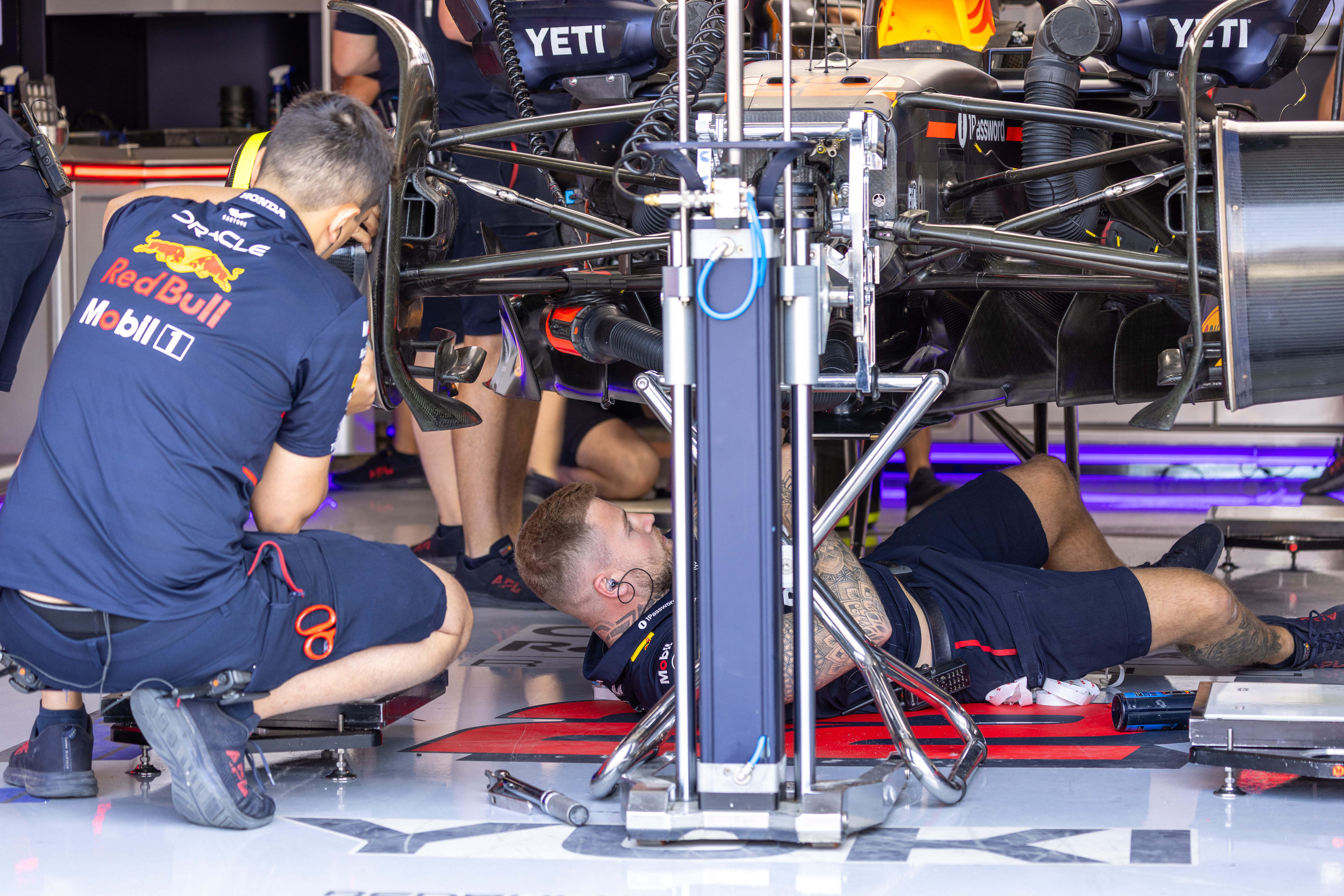
Other examples of F1 technology seeping into the real world include advancements in aerodynamic and carbon fibre, passed on to other sports such as sailing and cycling, and team's data systems being utilised by surgeons in the operating theatre.
Rosie is Country Life's Digital Content Director & Travel Editor. She joined the team in July 2014 — following a brief stint in the art world. In 2022, she edited the magazine's special Queen's Platinum Jubilee issue and coordinated Country Life's own 125 birthday celebrations. She has also been invited to judge a travel media award and chaired live discussions on the London property market, sustainability and luxury travel trends. Rosie studied Art History at university and, beyond Country Life, has written for Mr & Mrs Smith and The Gentleman's Journal, among others. The rest of the office likes to joke that she splits her time between Claridge’s, Devon and the Maldives.
